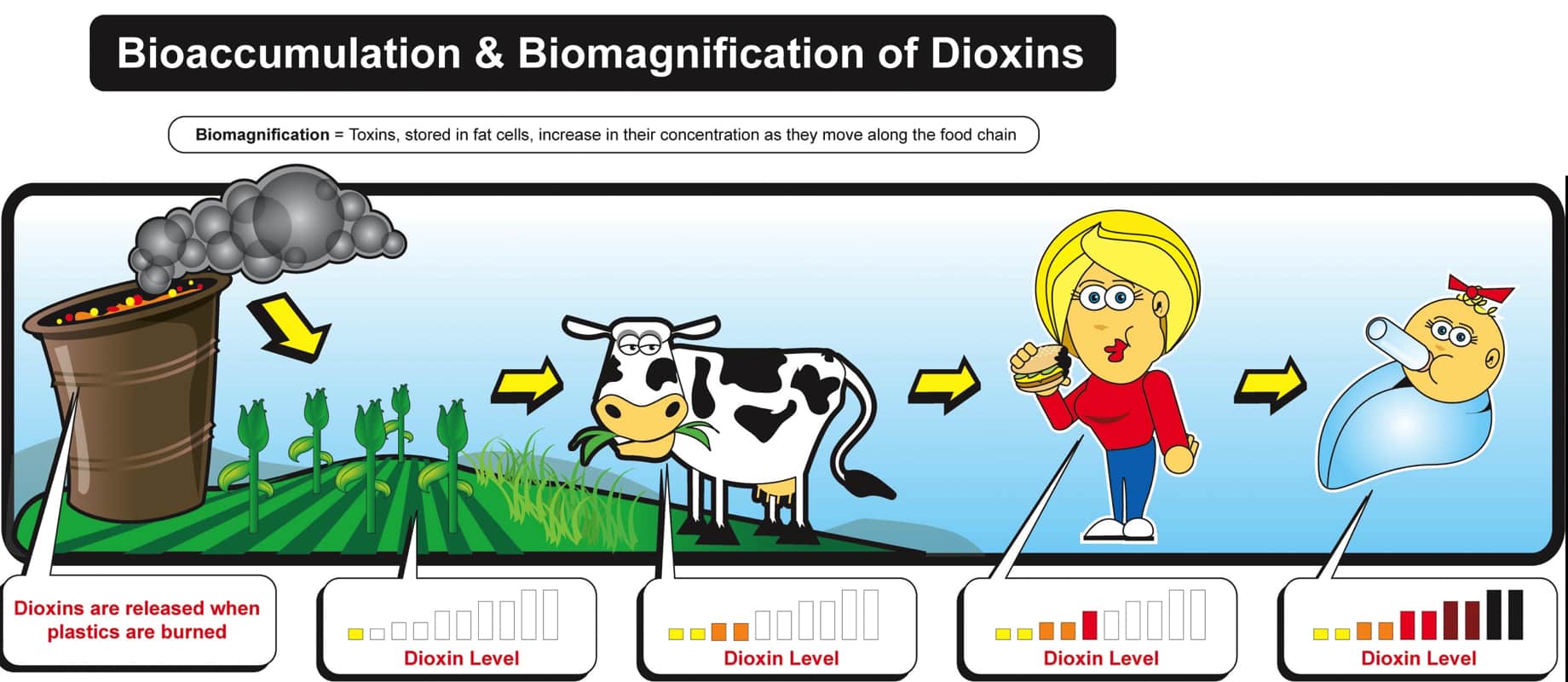For those of us starting new families, one of the myriad concerns that come up is how we are ever going to get our children to eat their veggies. One answer that I profile in my 3-min. video The Best Baby Formula is to exclusively breast feed as long as possible. Apparently this doubles the likelihood that our children will end up eating twice as many vegetables when they grow older. How could that be?
The researchers suggest that “breastfed babies, whose mothers regularly eat a variety of foods, are exposed to a diversity of flavors that are absent from formula milk and this early exposure augments the acceptance of various flavors.” So when they eventually eat some bitter broccoli, instead of spitting it out, they’re subconsciously like, “Hey, I remember this!” Perhaps this helps explain the evidence suggesting that the longer babies are breast fed, the lower their risk of developing inflammatory diseases such as asthma, cancer, and diabetes.
The new Surgeon General’s report agrees with the official World Health Organization recommendation, which agrees with the best available science that all women in the world should exclusively breastfeed for a full 6 months. Whether your own milk, a wet nurse, or a milk bank, there is simply no good substitute. It’s the only “formula” for optimum health.
Other tips on raising healthy children can be found in videos such as:
Unfortunately parents tend to overestimate the quality of their children’s diets. For advice on how to best raise our children, one can’t beat the advice offered by the most esteemed pediatrician of all time, Dr. Benjamin Spock. Check out Dr. Spock’s advice in Doctors’ Nutritional Ignorance.
In my 2-min. video Pollutants in Californian Breast Tissue, I showed the extent to which our bodies may become contaminated with industrial pollutants. Should we be worried that we might be passing toxins onto our children? See my 2-min. video The Wrong Way to Detox for an answer to that question. If that doesn’t motivate expectant mothers to eat healthier, I don’t know what will.
Note, though, that the level of industrial pollutants mothers have in their fat tissue doesn’t necessarily reflect what they’re passing on to their child. Researchers last year decided to measure pesticide levels right out of the umbilical cord blood. At delivery, as soon as the cord was cut, a little blood was squirted into a vial before it was tied off.
As I document in my 2 min. video DDT in Umbilical Cord Blood, even now, decades after DDT was banned, “almost all umbilical cord blood samples, 95%, showed detectable DDT residues.” It’s not exactly the first thing we want to be passing along to our newborns. Pesticide residue levels were most closely associated with the mother’s consumption of three types of foods: fish, other meat, and dairy products.
Dozens of chemicals are found in the bodies of pregnant Americans according to the latest CDC Report on Environmental Chemical Exposure. Even with these data, breast is still always best. If someone was eating the Standard American diet when they were pregnant and ended up passing along a certain amount of toxic waste to their child, is it too late? If after the birth and weaning they decided to start a fresh page in their lives and feed their new child only the best, how long might it take our children to shed the industrial toxins they may have gotten from us in the womb or from the breast?
In my 2-min. video How Fast Can Children Detoxify From PCBs? I profile a recent study that followed a cohort of children exposed at birth to PCBs from their mothers. They were tested at age 8 and then again at age 12 to get a sense of the half-life of these toxins within their bodies. Depending on the chemical pollutant, the estimated half-lives ranged from about 4 years to 9 years. Therefore, if our children eat a healthy diet and don’t play around in any toxic waste dumps, by the time they’re between 20 and 45 years of age they will have eliminated more than 95% of the PCB inheritance we gave them at birth.
A problem they found in doing the study, though, is that they had to throw out a lot of data and exclude children who had obvious PCB reuptakes because their levels were even higher at age 12 than 8, meaning they were getting re-exposed. Where are some of these pollutants found? See my videos Food Sources of Flame Retardant Chemicals and Food Sources of Perfluorochemicals.
Regardless of what kind of start our children get, it’s never too late to improve our families’ diets to prevent additional intake of these pollutants into their bodies.
–Michael Greger, M.D.
PS: If you haven’t yet, you can subscribe to my videos for free by clicking here and watch my full 2012 – 2015 presentations Uprooting the Leading Causes of Death, More than an Apple a Day, From Table to Able, and Food as Medicine.
